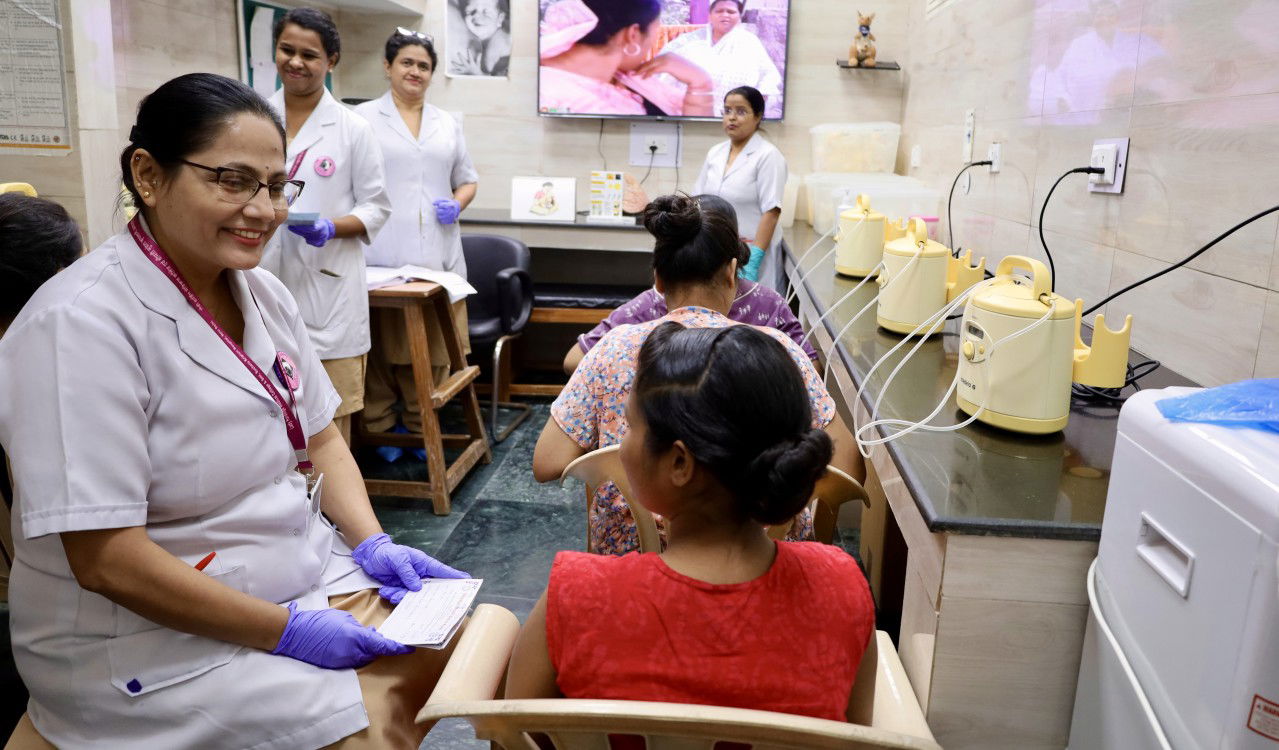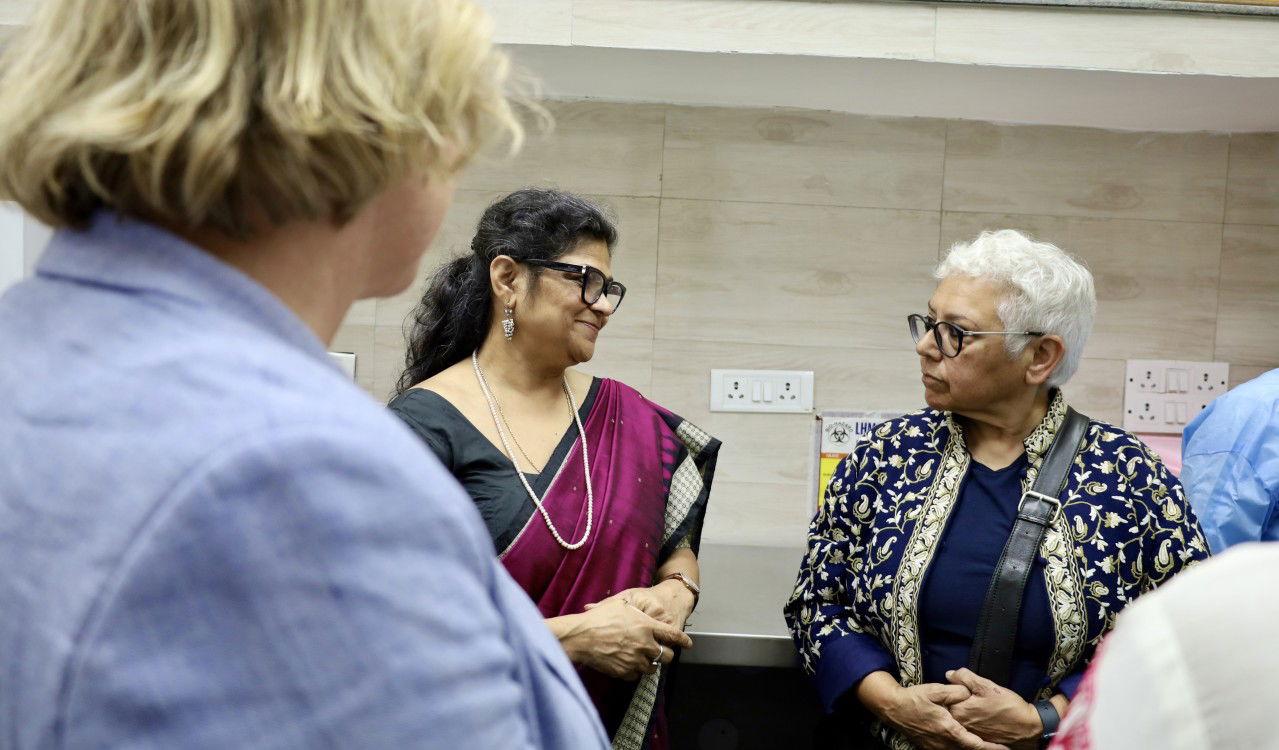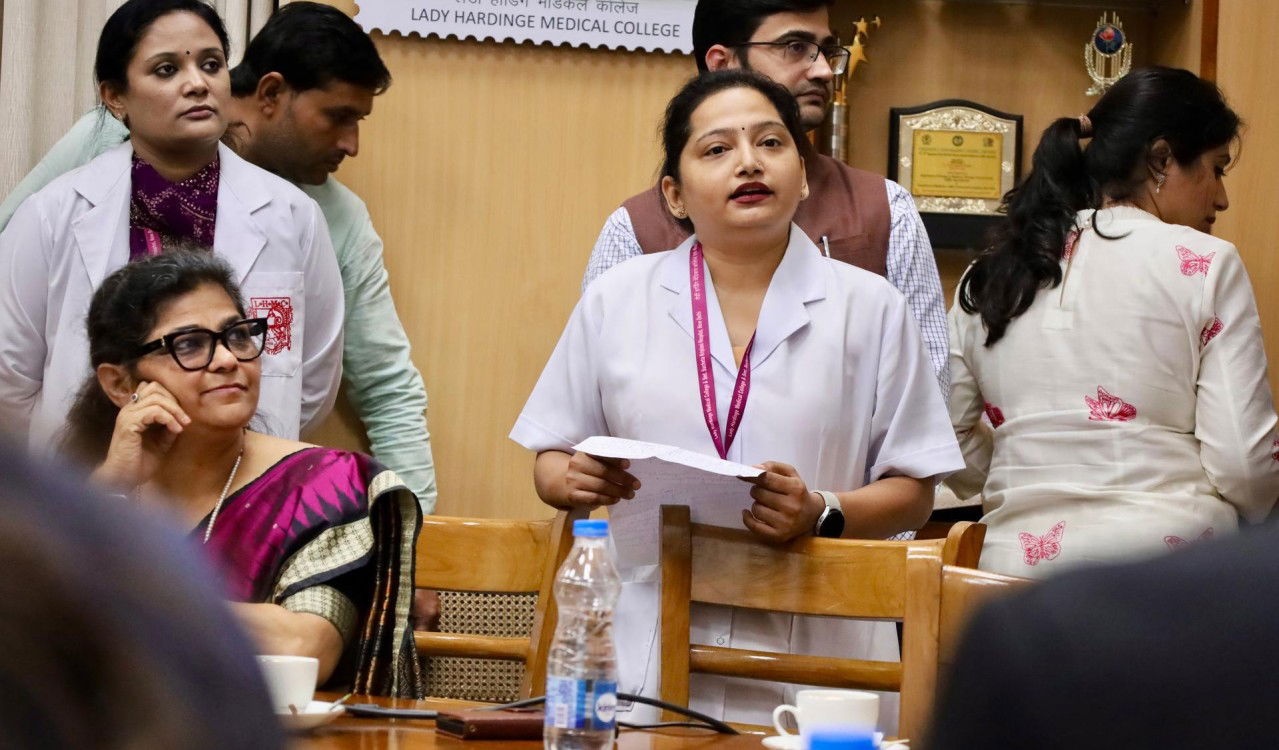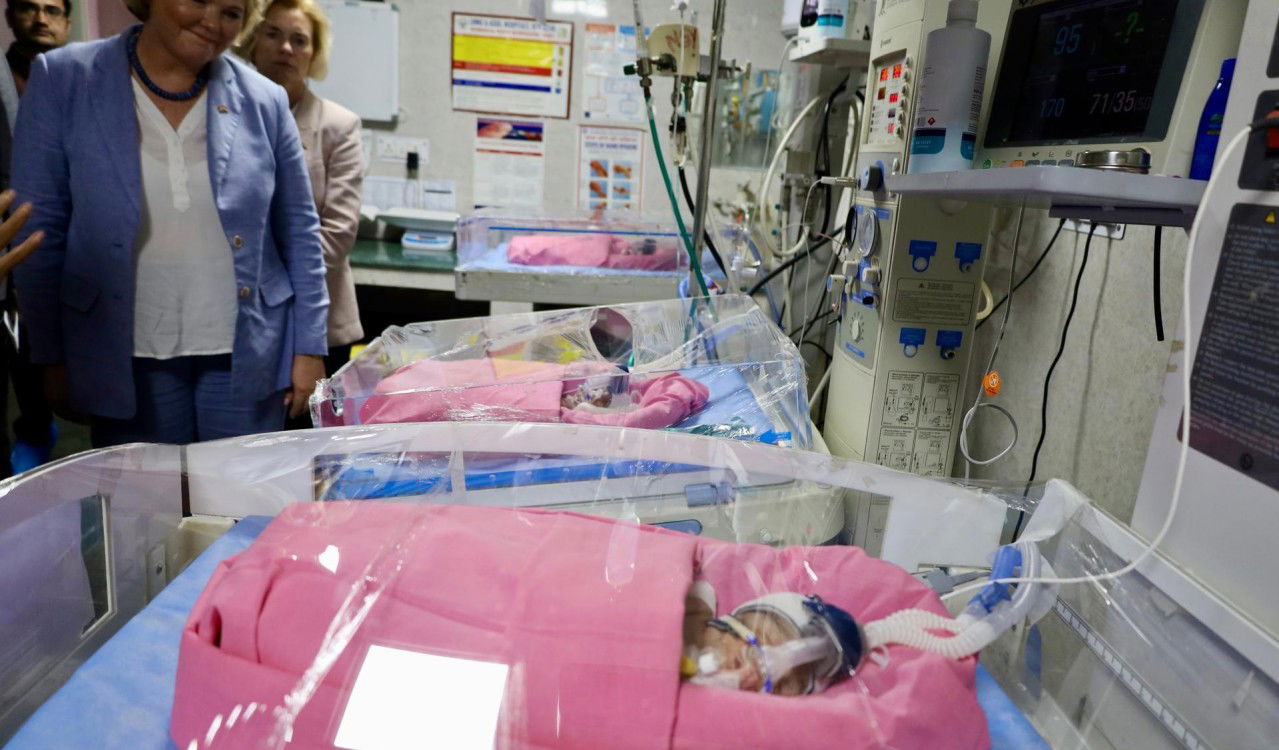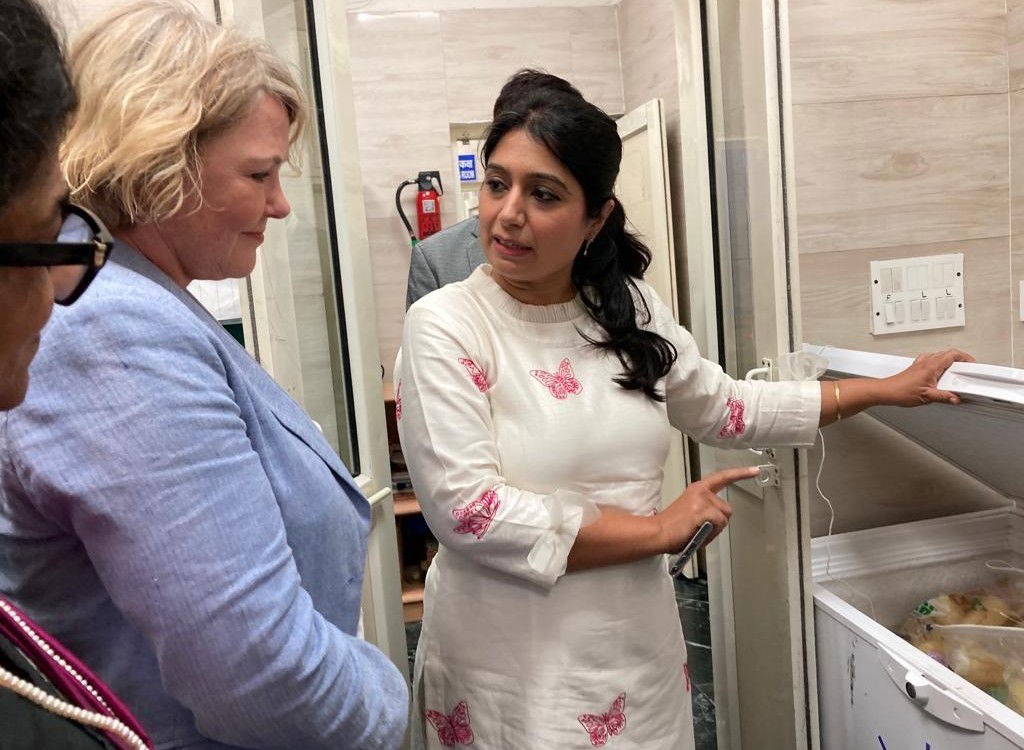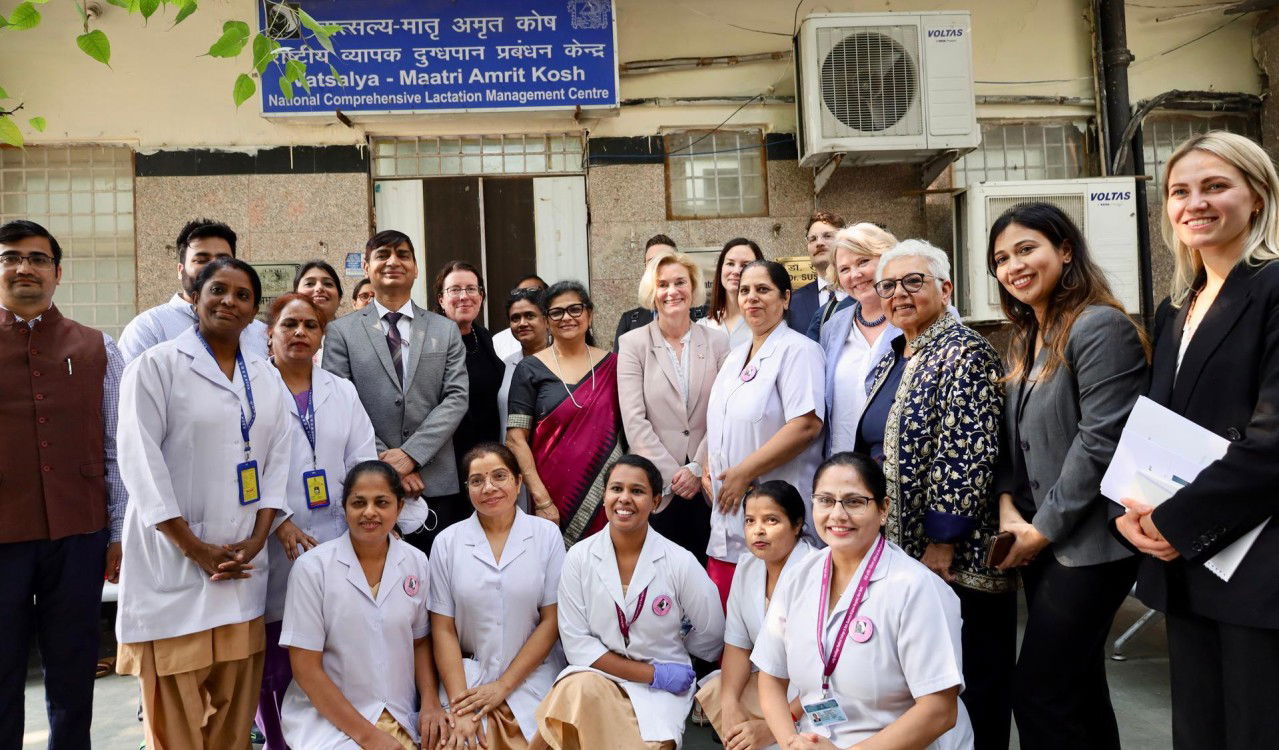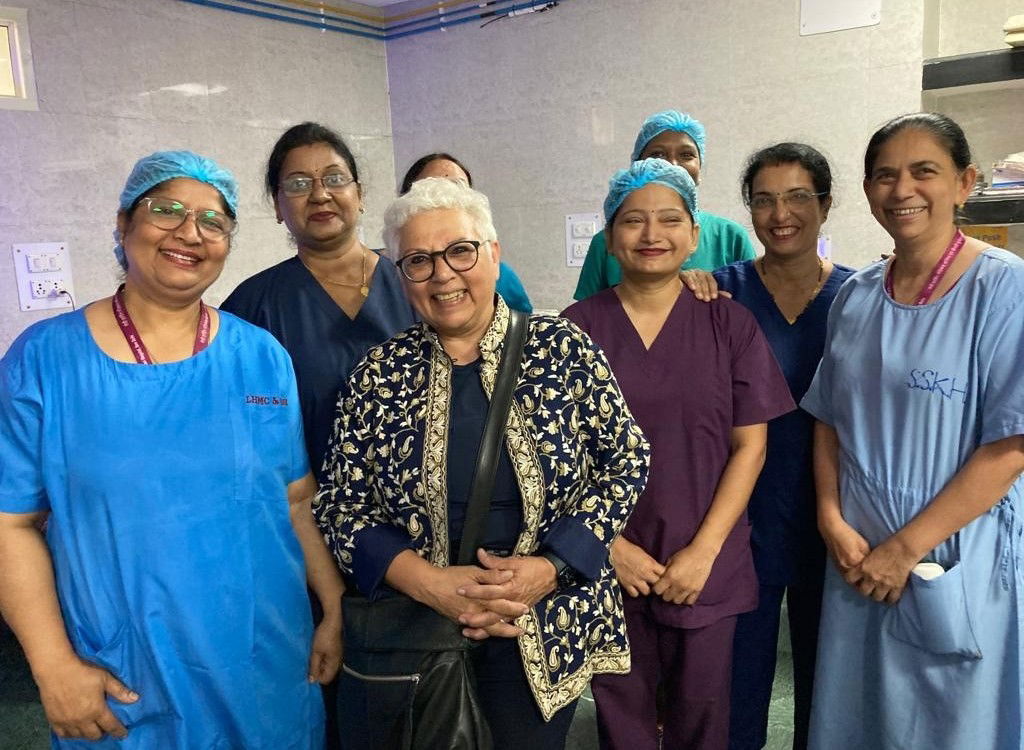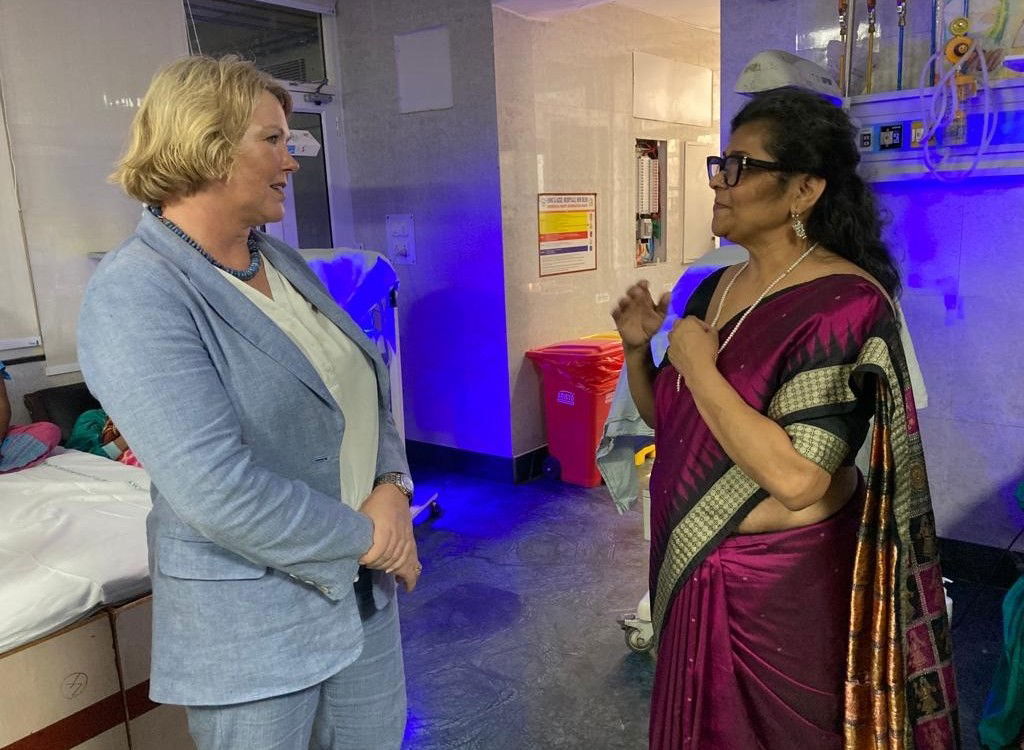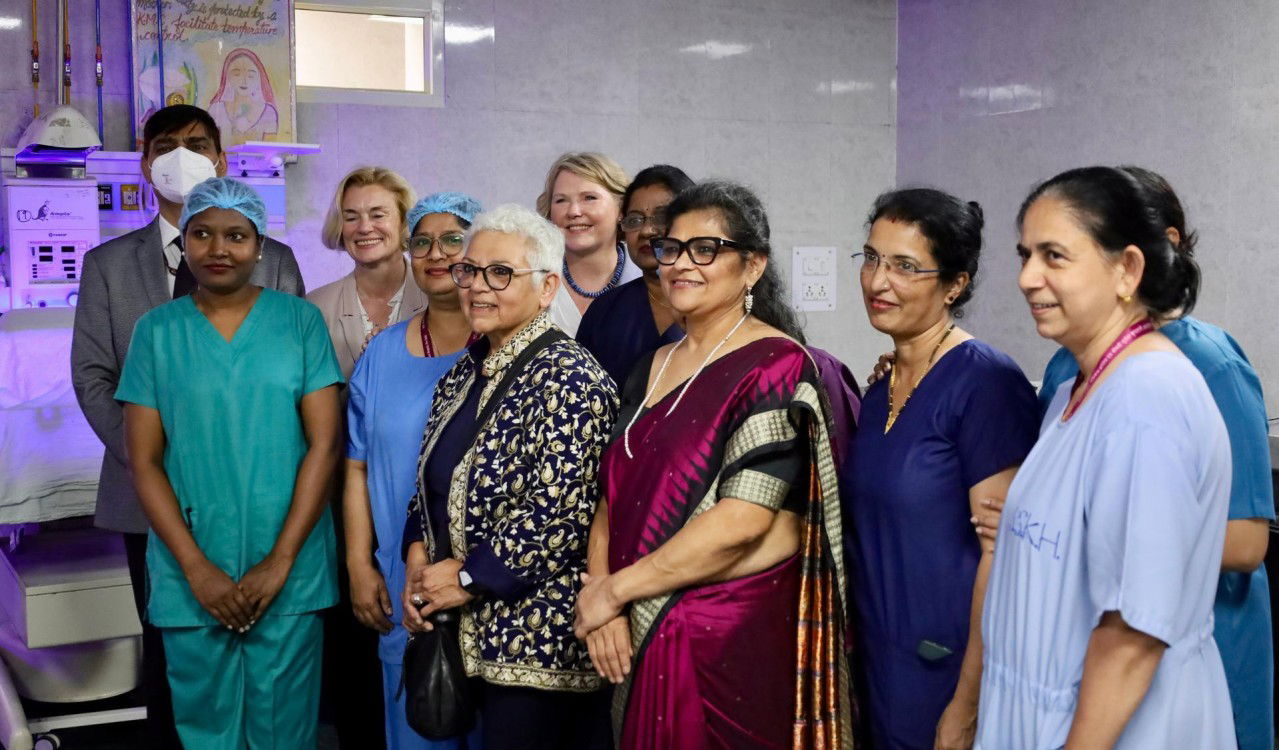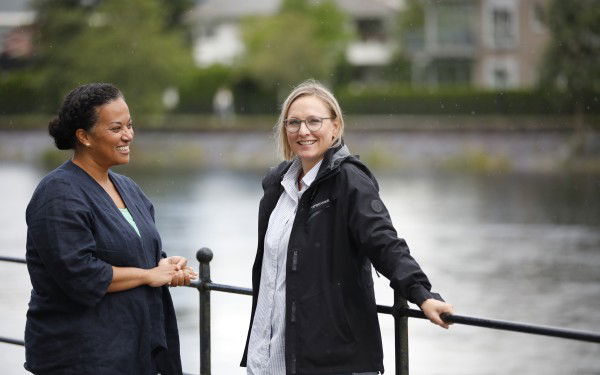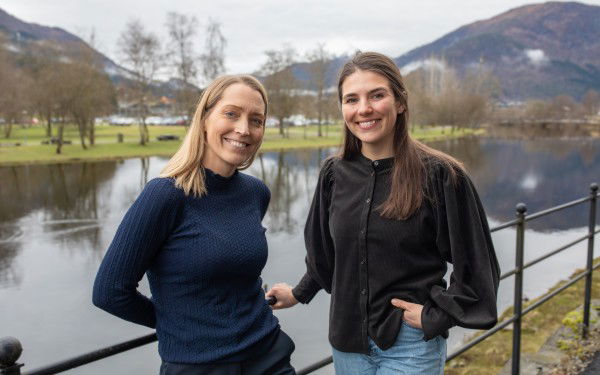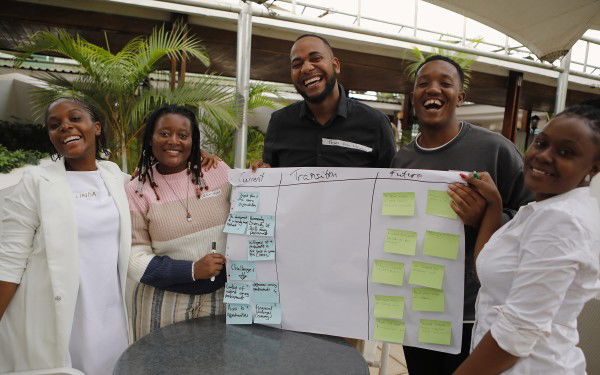Marked Norec’s 60th anniversary with a visit to flagship project
21. November 2023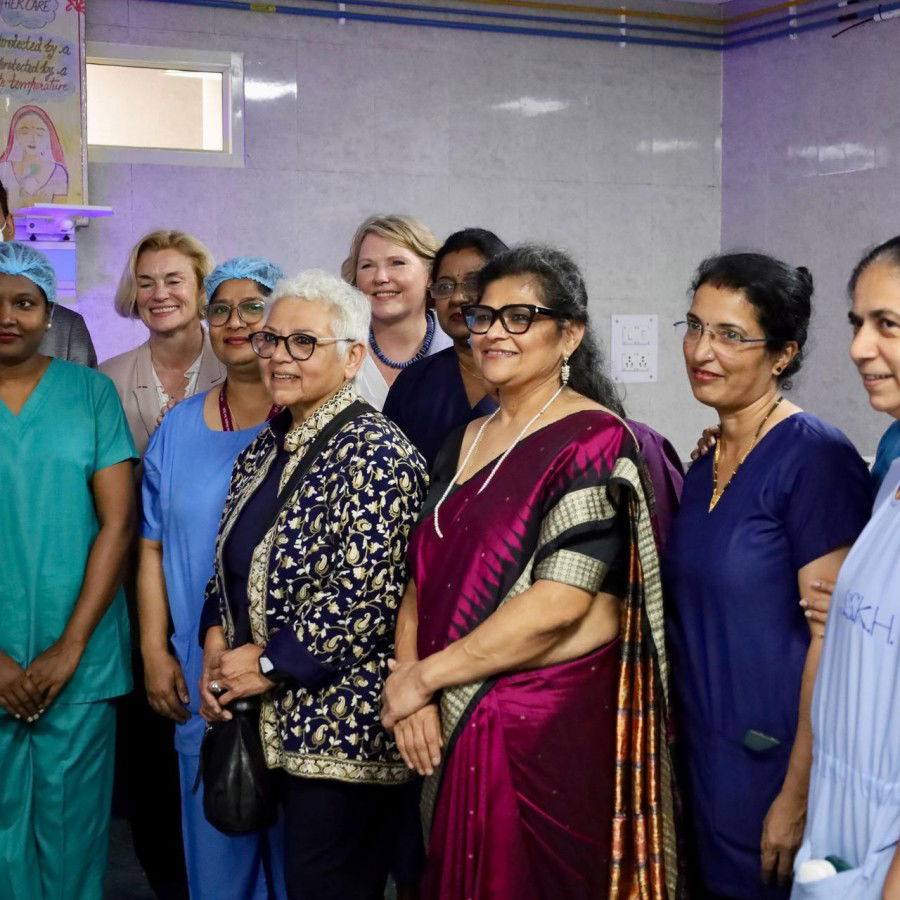
Infant mortality in two Indian hospitals has been halved in three years, due to positive collaboration, exchange of knowledge and the setting up of milk banks.
– I am humbled and proud to see the results of this collaboration. I have heard reportss of what you have achieved, and I am really glad that I have now had the chance to see it with my own eyes, says Anne Beathe Tvinnereim, Norway’s Minister of International Development.
At the start of November she visited Lady Hardinge Medical College & Kalawati Saran’s Hospital in New Delhi, as part of the programme of events to mark Norec’s 60th anniversary. Since 2017, the Department of Global Health at Oslo University Hospital (OUS) and Lady Hardinge Medical College & Kalawati Saran’s Hospital have exchanged nurses and doctors to share expertise and knowledge.
Mortality halved in just a few years
The two hospitals Lady Hardinge Medical College & Kalawati Saran’s Hospital are practically next-door neighbours in the Indian capital, New Delhi. The hospitals share the same management and doctors, while each has its own nursing staff. Two neonatal wards handling 13,000-14,000 births a year lie barely 600 metres apart.
Between a quarter and a half of deaths in newborn babies occur during the first week of life. For sick and premature infants, good hygiene, breast milk and skin-to-skin contact with the mother and father can be the difference between life and death.
In just a few years, the mortality rate for newborns at Lady Hardinge Medical College & Kalawati Saran’s Hospital has been halved – in large measure thanks to healthcare collaboration between Norway and India and exchange of knowledge funded by Norec.
– Together we have achieved results here that we could not have achieved alone, says Sushma Nangia, project manager and Head of the Department of Neonatology at Lady Hardinge Medical College and Kalawati Saran Children’s Hospital.
Long-term collaboration
The Norway–India Partnership Initiative (NIPI) was launched in 2006, with the aim of reducing infant mortality in India. The agreement represented a commitment by the Norwegian government to provide India with professional assistance and financial support in the work to prevent infant mortality.
OUS assumed responsibility for following up the healthcare aspects, with the Norwegian Agency for Exchange Cooperation (Norec) financing large parts of the project.
The Division of Global Health at Oslo University Hospital (OUS) has been part of a collaborative project with public hospitals in India since 2012 and started working with Lady Hardinge Medical College and Kalawati Saran Children’s Hospital in 2017.
Former participants shared experiences
Nita Kapoor, former Director General of FK Norway, and International Development Minister Anne Beate Tvinnereim were given a guided tour of the hospital to see for themselves what has been achieved with just a few years’ knowledge sharing through Norec and grants from the Norwegian Embassy.
During the visit, Tvinnereim met Indian nurses who had been on exchange at Oslo University Hospital.
– Hearing how deep an impact working with others makes, not just professionally but personally, made a strong impression on me. And having two-way exchange of knowledge is fantastic. It’s unique, Tvinnereim says.
Nurse Shalini Rawat told the delegation about her experiences on exchange at Oslo University Hospital in Ullevål in 2019/2020. She stressed that the exchange had led to significant changes at the hospital in Delhi.
– The exchange taught us many new things and changed how we approach our work. Norwegian nurses are extremely dedicated, and that is something we have taken away with us, Rawat says.
For Nita Kapoor, former Director General of FK Norway, being able to show the Lady Hardinge project to the International Development Minister was particularly rewarding.
– It is a great pleasure to be able to see in practice what a superb Norec project Lady Hardinge is. This demonstrates the best of the Norec model and shows how a sustainable collaboration can be developed, says Kapoor.
Catalytic effect of collaboration
The project also included setting up a milk bank and breastfeeding centre at Lady Hardinge Medical College and Kalawati Saran Children’s Hospital in New Delhi, something that has further helped to reduce infant mortality.
Where Norec has contributed resources for exchange of knowledge, the Norwegian Embassy in New Delhi has helped to fund milk banks and neonatal ICUs in several places in India.
KPMG, which has carried out an external evaluation of the project, points out that it has had a catalytic effect for the setting up of a national milk bank. When the project started in 2011, there were 12 milk banks in India, with no element of coordination and little communication among them.
New project approved
The project has facilitated networking and collaboration, resulting in growth and coordination of 70 milk banks in India. The project has also influenced and contributed to the content of the national guidelines for breastfeeding.
And it doesn’t stop there.
– We have just had a new three-year agreement with Norec approved. This will see us working to disseminate knowledge of milk banks and skin-to-skin contact (kangaroo mother care) to other hospitals, explains Dr Nangia.
The aim is to improve neonatal care at local hospitals by deploying a mobile breastfeeding centre that will offer nursing care, breastfeeding advice and milk bank services.
– This will help to increase the breastfeeding rate, reduce infections and improve the nutritional status of newborns, says Nangia.


